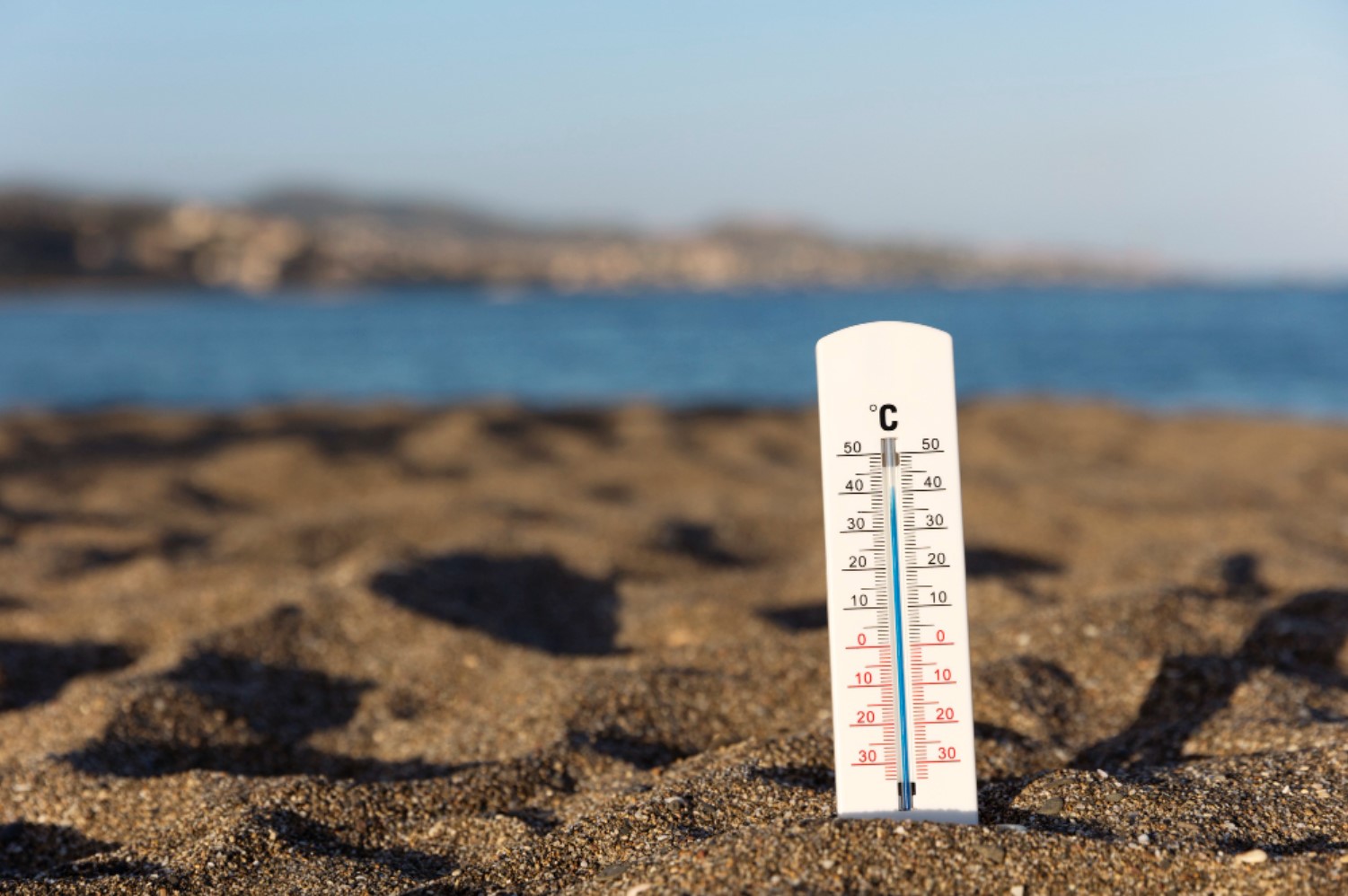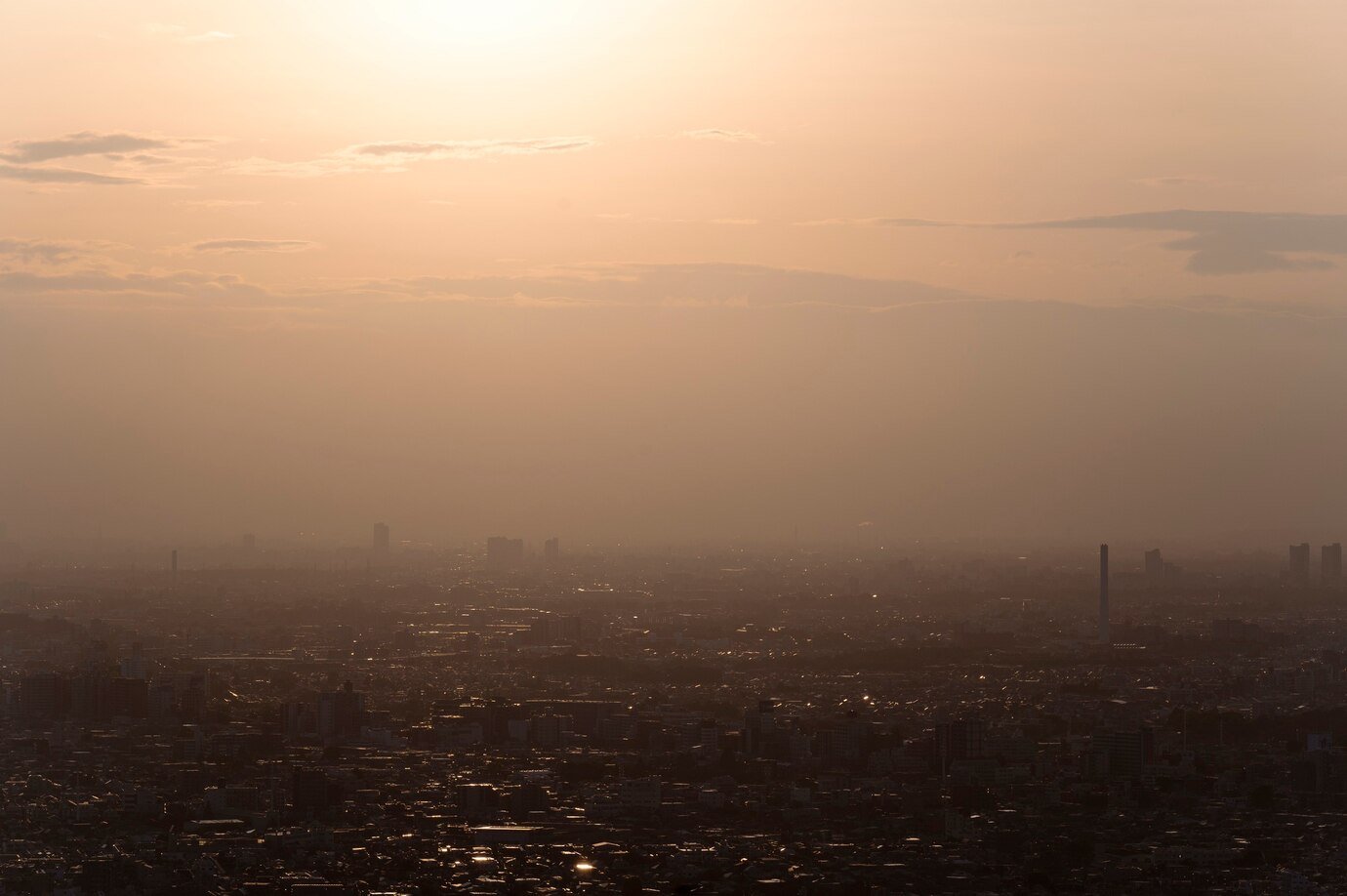A Surprising Source Might Be Worsening Air Quality in Los Angeles
Los Angeles has long battled air pollution, but recent research has unveiled a surprising contributor to the problem. While vehicle emissions have decreased, microscopic particles and ozone levels remain high.
This is largely due to unexpected “secondary sources.” A deeper look reveals how green spaces, often seen as air purifiers, are also part of the issue.
The Role of Trees and Shrubs
Since 2010, the decline in vehicle emissions hasn’t led to expected improvements in air quality. Instead, the city’s lush greenery is contributing to pollution.

Source: Melissa Mullin/Unsplash
Trees and shrubs emit volatile organic compounds (VOCs), which are precursors to particulate and ozone pollution. These findings have led scientists to reconsider the impact of urban vegetation.
Innovative Airborne Research
In June 2021, US researchers conducted nine flights over Los Angeles to measure VOC levels directly from the air. Using an onboard mass spectrometer, they mapped the spread of over 400 types of emissions in unprecedented detail.

Source: Freepik
This method allowed them to capture real-time data on airborne pollutants multiple times a second.
Detailed Mapping and Results
The airborne study provided a detailed map of VOC emissions, combined with temperature patterns at a resolution of 4 kilometers squared.

Source: Lala Miklós/Unsplash
Researchers discovered that botanical sources of VOCs, including isoprene, monoterpenes, and sesquiterpenes, significantly contribute to secondary organic aerosol formation, particularly at the start of summer.
Impact of Rising Temperatures
As temperatures rise, VOC emissions from plants increase, exacerbating air quality issues. This trend is expected to worsen with climate change, as hot weather and drought conditions lead to higher emissions.

Source: Freepik
Understanding this relationship is crucial for developing strategies to manage air pollution.
Health Implications of Air Pollution
Air pollution remains a significant health risk, causing an estimated 4.2 million premature deaths annually. Fine particles and ozone increase the risk of heart disease, low birth weights, and respiratory illnesses.

Source: Freepik
Addressing both industrial and botanical sources of VOCs is essential for improving public health.
Surprising Contributors to Pollution
Common sources of VOCs include pesticides, hair products, car upholstery, and cleaning agents. However, green spaces also emit these compounds.

Source: Julian Myles/Unsplash
The study revealed that terpenoids from urban greenery accounted for around 16 percent of VOC emissions. This challenges the perception that all green spaces are purely beneficial.
Balancing Benefits and Drawbacks
Urban green spaces offer many benefits, such as cooling the city and enhancing mental health.

Source: Craig Dietrich/Wikimedia Commons
However, their contribution to VOC emissions cannot be ignored. Finding a balance between preserving these spaces and mitigating their pollution impact is key to sustainable urban planning.
Temperature and Emission Dynamics
Research shows that monoterpene and sesquiterpene emissions increase with temperature, while isoprene emissions rise with temperature and light but eventually decrease beyond a certain threshold.

Source: Freepik
These dynamics highlight the complexity of managing urban air quality in a warming climate.
Potential Solutions and Future Steps
To maximize the benefits of urban greenery while reducing pollution, researchers suggest focusing on plant species that emit fewer VOCs.

Source: Perojevic/Wikimedia
Additionally, understanding how drought and other factors influence biogenic emissions can help develop more effective strategies for managing air quality.
The Role of Specific Plant Species
Plants like jacarandas, which are abundant in Los Angeles, contribute significantly to VOC emissions.

Source: Freepik
Identifying and promoting the use of lower-emitting plant species could help mitigate the negative impact of urban greenery on air quality.
Rethinking Urban Green Spaces
While green spaces are vital for urban environments, their role in air pollution requires careful consideration.

Source: Freepik
By understanding the complex relationship between vegetation and air quality, cities like Los Angeles can develop strategies to enjoy the benefits of greenery without compromising air quality.
